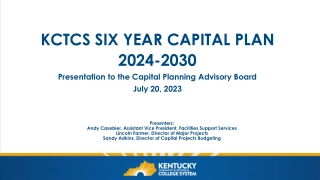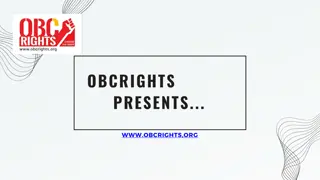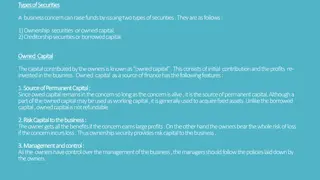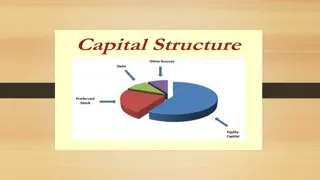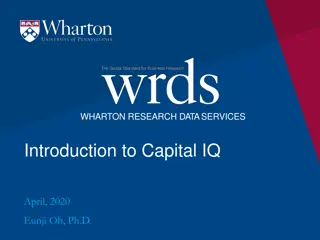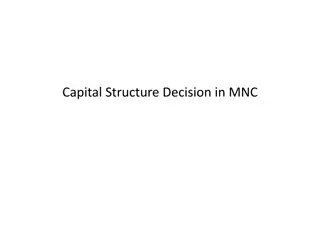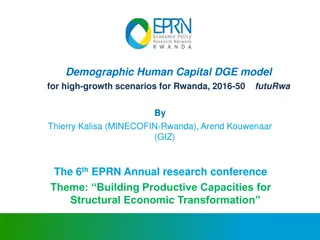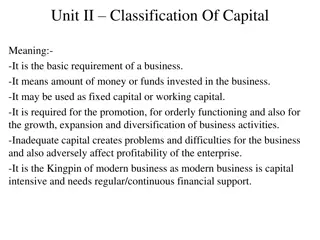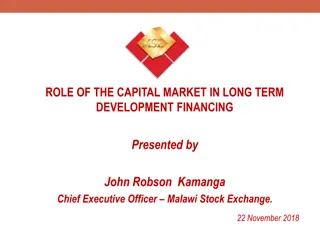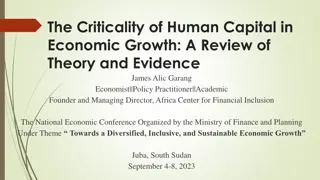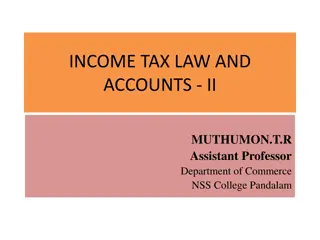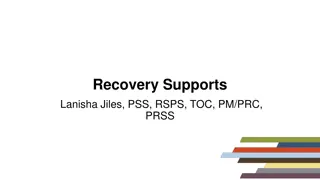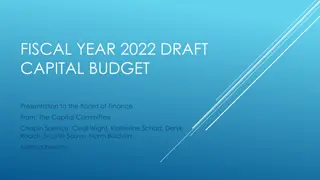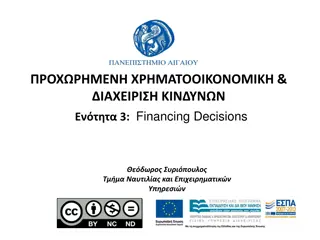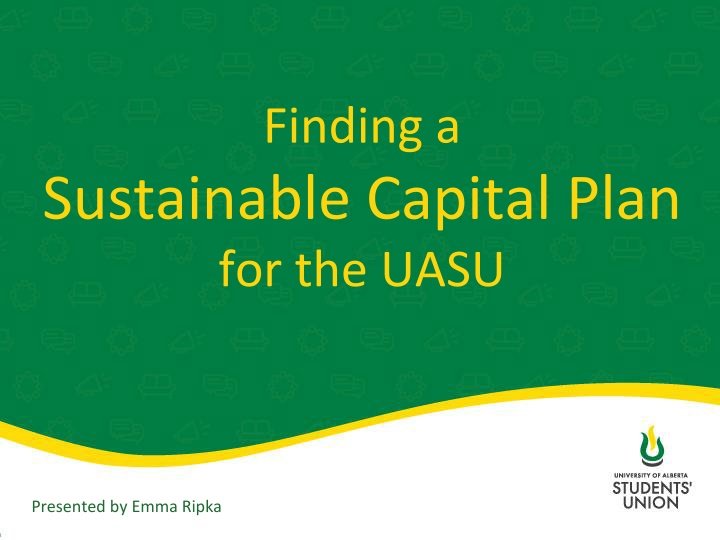
Sustainable Capital Planning for UASU by Emma Ripka
Explore the journey of finding a sustainable capital plan for the University of Alberta Students' Union (UASU) as presented by Emma Ripka. Delve into background information, key findings, and contextual considerations surrounding the UASU's capital projects, aiming to address deferred maintenance challenges while enhancing student services in both the short and long term.
Download Presentation

Please find below an Image/Link to download the presentation.
The content on the website is provided AS IS for your information and personal use only. It may not be sold, licensed, or shared on other websites without obtaining consent from the author. If you encounter any issues during the download, it is possible that the publisher has removed the file from their server.
You are allowed to download the files provided on this website for personal or commercial use, subject to the condition that they are used lawfully. All files are the property of their respective owners.
The content on the website is provided AS IS for your information and personal use only. It may not be sold, licensed, or shared on other websites without obtaining consent from the author.
E N D
Presentation Transcript
Finding a Sustainable Capital Plan for the UASU Presented by Emma Ripka
Outline Background SEI survey highlights Contextual considerations Key issues Potential solutions Feedback & questions
Background March 2018 Student Events Initiative $16.50 per semester $100,000 for events $100,000 for student groups Myer Horowitz Theater renovation Failed by 5% April 2018 surveyed 1904 students Gathered data on why it failed & feedback for the future 58% voted, 34.6% didn t, 7.5% preferred not to say Voted 36.2% in favour, 34.8% against, 11.1% abstained, 17.5% did not say
Key Findings Supporters thought the fee was reasonable (51.5%) main reason for opposition was that the fee was too high (58.3%). 41.4% of SEI Yes voters were in a student group, however, they only made up 16.9% of respondents who voted in the election. SEI Yes voters were in favour of the benefits presented by SEI, including more events on campus (58.2%), increasing student group funding (54.6%), and supporting theatre renovations (52%) Students who did not support SEI said the $12/semester (Horowitz renovation only) was the most favourable fee option at 41.7%.
Key Findings 65.0% No voters said the theatre was the least important aspect of the proposal indicated they do not use the theatre, and would not benefit from its renovating. The Student Ticket Discount program - most important among voters. Among Yes voters, the $100k Student Group Grants was the top priority (30.8%) - may be due to an overrepresentation of respondents in student groups. 66.5% of SEI No voters said that they were not aware of the benefits of the campaign comments suggested that students would have benefited from more communication on SEI.
Current Context SUB Owned by University, operated by SU Direct consultation for big projects UAlberta - $1 bill deferred maintenance Viability of student fees MHT generates revenue to fund services UASU desires to use MHT more for students
Current Context SUB Owned by University, operated by SU How can UASU sustainably mitigate the threat of deferred maintenance in the long-term while thriving in the short-term? Direct consultation for big projects UAlberta - $1 bill deferred maintenance Voluntary Student Unionism MHT generates revenue to fund services UASU desire to use MHT more for students
1 Your SUB fee Fee paid by students, used for SUB renovations & capital projects Advantages Disadvantages Long-term, sustainable capital plan Specific scope Donor support is likely For students by students Doesn t affect students who don t use SUB Can t be used for projects outside of SUB
2 Student Spaces fee Student controlled funds used for non- academic spaces around campus Advantages Disadvantages Sustainable capital plan Assists university with DM problem All students can benefit from it Spreads value of UASU around campus More general scope Greater communication barriers Autonomy over funds but not over space
Questions? Feedback?

